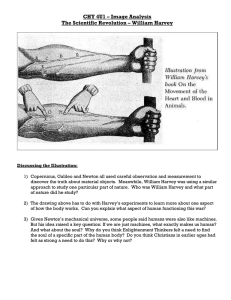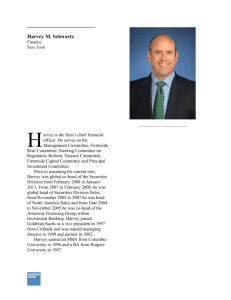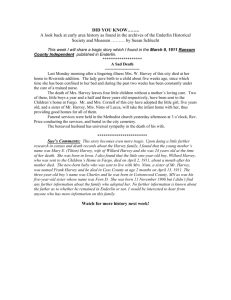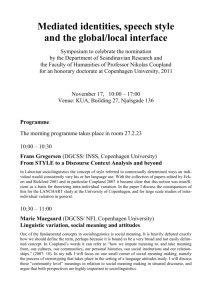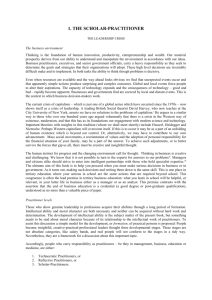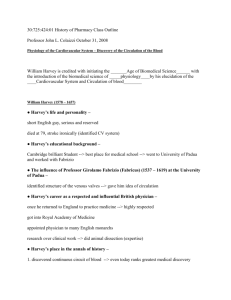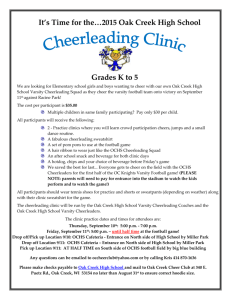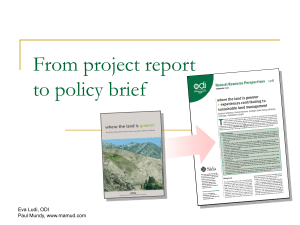Class 5 - Personal Web Pages
advertisement
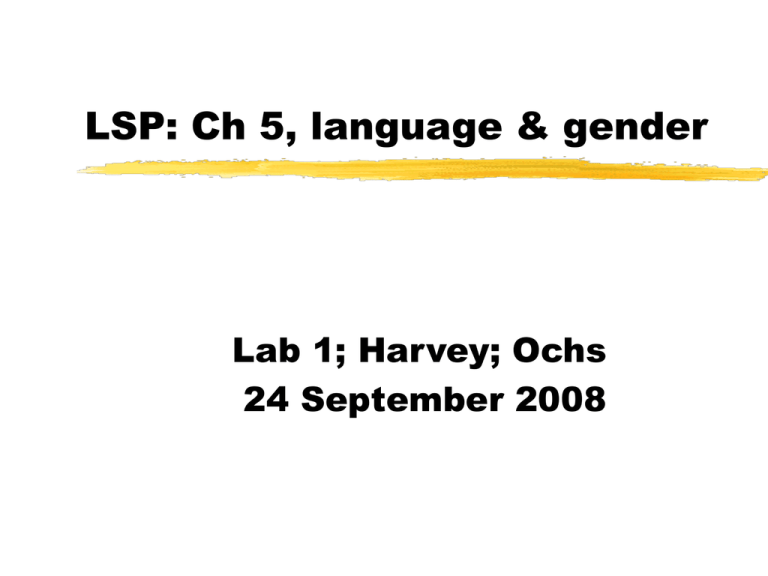
LSP: Ch 5, language & gender Lab 1; Harvey; Ochs 24 September 2008 Aspects of gender-marked language • Unmarked and marked terms (waiterwaitress-waitstaff) • Asymmetrical references • Are McCain and Obama and Biden’s clothes described? Their hair style discussed? What gets satirized? • Sexism in discourse First, the lab • 3-page 12 point times roman, double space, • analysis of language use in political humor/satire • Use newspaper, magazine, website, tv or radio (transcribe a clip you are using as illustration) • Look for examples: 3-part phrases? Asymmetrical discourse? Twisted idioms? Unusual repetitions? Metaphors? Euphemisms? • Online office hours – I will be available Sunday afternoon, 1-2, with Yahoo Instant Messenger if needed Grading rubric • Title • Identifies main focus • Abstract sentence • Orients reader to how paper should be read Background • Identifies site/show for data,date,situation Rationale for aspect being discussed • Definition of aspect and associated terms Discussion of aspect • Makes a main point clearly Good choice of examples to sustain point • Develops persuasive argument • Good organization of points • Good word choice • Good editing (few if any typos, glitches) 1 2 3 4 5 1 2 3 4 5 1 2 3 4 5 1 2 3 4 5 1 1 1 1 1 1 2 2 2 2 2 2 3 3 3 3 3 3 4 4 4 4 4 4 5 5 5 5 5 5 Differences in how men and women talk • • • • • • • Amount of talk Turn construction/interruptions Back channel support Hedges and modals for mitigation Types of topics Upspeak [juror issues] Dominance vs difference Glossing the text of Harvey’s article What is language telling us about culture in the simplified table? Who goes in and out of the community? Who has opportunities? Who speaks in public meetings? Who has cultural capital? men women SpanQuech balanced biling 52% 24% PreferQuech almost biling 24% 25% Quech with passive Span 8% 14% Quechua monolingual 5% 50% Do you agree with Milroy & Nichols? • “people tend to speak most like those with whom they speak most frequently and interact within a variety of different social roles” • “ it is not gender that determines the use of standard forms but rather the nature of the relationships in which men and women are involved” • Networks at work A different line of thought from Harvey • She cites the use of AAVE as a way to resist AngloEngl in that it becomes a way to signal affiliation with a totally different set of values. • Being monolingual Q speaker ‘implies insider status, legitimacy, access to regenerative powers of the animate landscape…also carries with it a sense of disadvantage and discrimination’ • Louisiana Creole • Texas drawl and marketing patterns What about silence? ‘Women’ Characters in festivals Does silence in this study indicate indigenous or gender issues? Any comments on these? (Did you think this was really just about Peru?) • Hairspray Before Night Falls • Big Momma’s House Rocky Horror Picture Show • Tootsie Norbit • From Yahoo: Mrs. Bush also said that she thinks Palin is being treated unfairly because she is a woman. That, the first lady says, is to be expected. • Discuss the “is to be expected” part, please…. 5 questions from the Ochs article • What are your resources for building your various identities? • What kinds of acts can you perform? • What kinds of epistemic and affective stances may you take? • What is an epistemic stance, anyway? • Or an affective stance? For example, Ochs says • She constructs herself as a professional academic by hypothesizing, claiming, instructing and assessing, and displaying stances such as objectivity and intellectual flexibility • Could she construct herself as something else? How? Moving toward social constructionism • How do you construct being a ‘good’ student/wife/husband/parent/worker/ professional? • How good are you at this? When do you start learning how to do it? • Dinnertime conversations • Bedtime stories • Talking to vs talking at vs talking over
